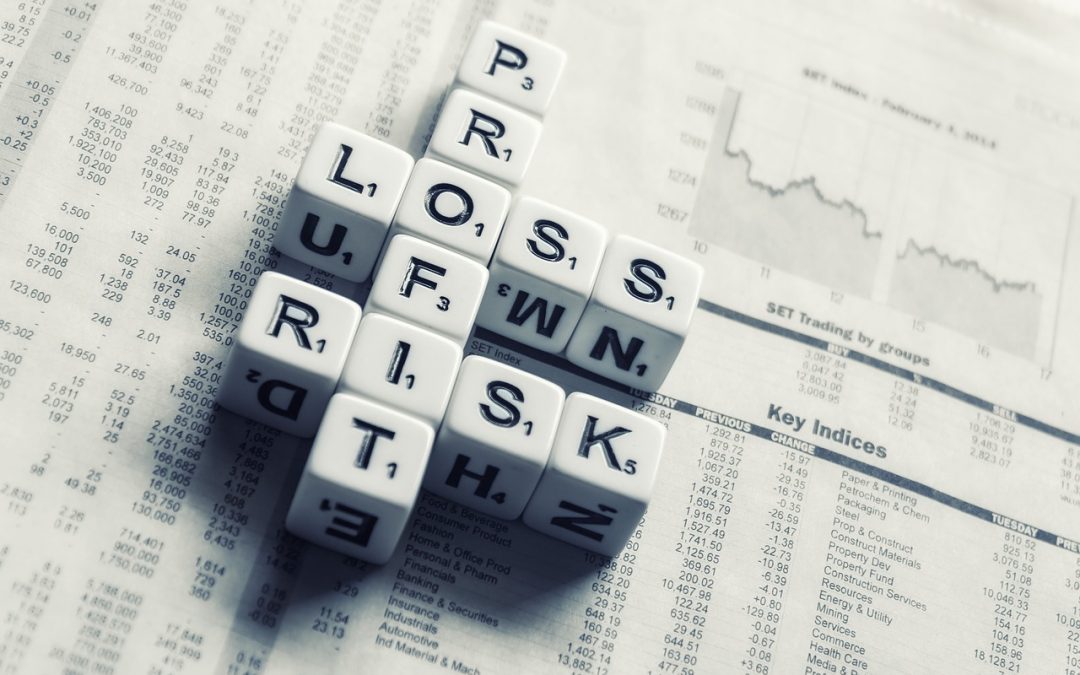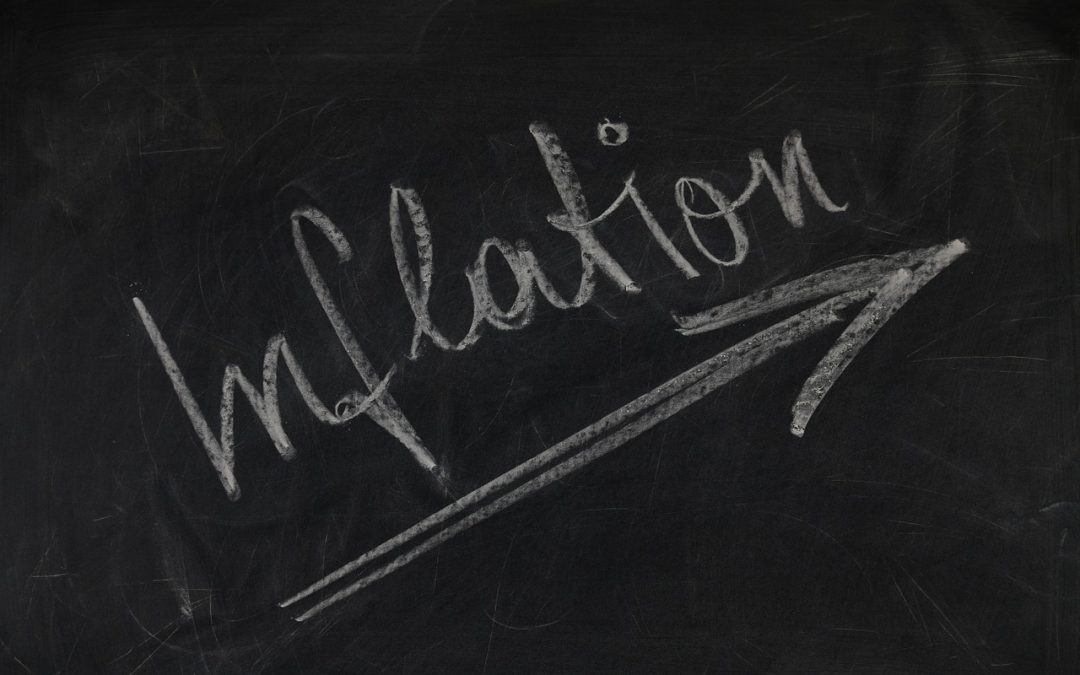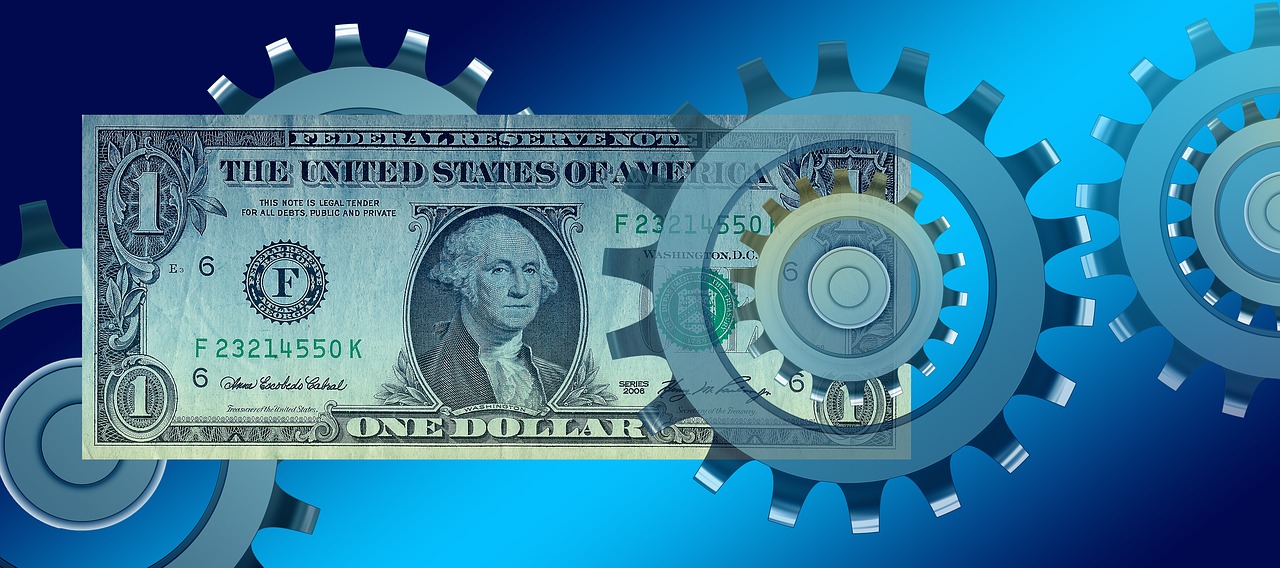
Investing During Inflation And Deflation – What Do Investors Need To Know?
Inflation and deflation can have a significant impact on the performance of a portfolio. It is crucial for investors to understand investment strategies to weather these two economic factors. In this article, experts provide valuable tips and insight into what investors need to know when investing during inflation and deflation.
Avoid Having High Cash Balances
“A top rule for investing during inflation is to avoid having high cash balances. Since money loses it’s purchasing power during such phases, investors should aim at investing into assets which are immune against devaluation, such as physical goods, e.g. gold, silver, other commodities, real estates, etc.
But also an investment into stocks would be good advice since stock prices tend to increase in times of inflation. The reason is that investors flee out of cash and are looking for any types of investment.
In times of deflation, investors should consider to hold cash and to invest in bonds, especially long-term bonds, since interest rates are likely to decline and therefore bond prices.”
Stephan Unger, assistant professor of economics, Saint Anselm College
Utilize The Power Of Diversification
“The above illustration details global asset classes that tend to outperform during rising inflation and falling inflation. You can further delineate if the economy is in a declining stage or growth stage to provide four full quadrants of global asset performance.
The four quadrants include:
* Inflation with Growth – Inflationary Boom
* Inflation with declining Growth – Inflationary Stagnation
* Deflation with Growth – Deflationary Boom
* Deflation with declining Growth – Deflationary Bust
Based on the illustration, there are ways to position one’s portfolio for certain environments the US encounters. The main focus for investors should be to utilize the only free lunch in investing which is the power of diversification. By diversifying across assets within these four quadrants, one has the highest likelihood of weathering the storm (even if it is not clear where it may occur across the quadrants). Investors need to know those asset classes that have the ability to outperform in each quadrant and then assess their personal asset allocation decisions accordingly.”
Andrew S. Holpe, Managing Member, Richmond Quantitative Advisors
Investors Need To Generate After-Tax Returns
“Most people create investment portfolios to invest their assets to outpace the rate of inflation. The financial markets and governments prefer an environment with low, controllable inflation growth. These conditions allow for expansion while enabling governments to repay current debt with future-value currency.
According to Morningstar, a consensus of financial analysts predict that long-term inflation will grow at 2.48% per annum. Simply put, an investor needs to generate an after-tax return above this inflation rate to stand still and protect the purchasing power of their money.
The most prudent way to ensure success is to build a highly diversified portfolio of stocks, bonds, real estate, commodities, and cash-like liquidity. Limit your single-name stock concentration per issue to not more than 5%. Construct a bond portfolio focusing on credit-quality and that the current yield of your bond portfolio exceeds the effective duration of your portfolio. Effective duration is the sensitivity to a change in interest rates. The combination of these factors allow for growth and provide additional protection during a recession and deflationary environments.
During deflationary environments, consumers defer purchases because they expect lower prices in the future. That reality convinces more people that prices are falling and induces more deferral of purchases, etc. This virulent feedback loop is difficult to change and often requires extraordinary policy measures by central banks. During the credit crisis, the Federal Reserve (FED), Bank of Japan (BOJ) and the European Central Bank (ECB) all implemented radical policy measures to fight deflation. A flight to safety…underweight stocks, overweight cash, foreign exchange (FX), insured CDs, and sovereign bonds are prudent positioning during deflation of asset values. Your cash is worth more in terms of purchasing power as time goes on so there is some inherent return to cash even if there is little or no interest income.”
Paul Bowers, Managing Director, Compass Family Offices
Invest in Commodities And Real Estate
“Typically, assets that an investor would invest during inflationary times would be hard assets such as commodities and real estate. Commodities would include energy such as oil and gas as well as industrial and precious metals (not necessarily gold), You would NOT want to invest in bonds since interest rates rise during inflation and would result in declining bond prices. Many investment advisors recommend gold but I view it as more of a crisis manager rather than an inflationary hedge. In fact, one could argue that gold might be better used as a hedge during deflationary times since deflation tends to occur in a rapidly deteriorating economy when investors flock to protect their assets.
Stocks tend not to do well in deflationary environments. One reason often provided is that revenue and earnings are under duress as prices decline, which would eventually translate into lower stock prices.”
Cliff Caplan, CFP(r), AIF(r), Neponset Valley Financial Partners
Two Sides Of The Same Coin
“Economic factors such as inflation and deflation have a direct bearing to investors’ portfolio. Both are two sides of the same coin. Inflation is the rate at which general prices for goods or services are increasing while deflation is the decline in prices.
Investors need to know how these two factors can affect their investment portfolio. In certain situations, both inflation and deflation can occur at the same time, and this poses a more difficult prospect of protecting your investment. But whether it’s deflation or inflation, there are steps you can take to avert this threat.
If it’s inflation, investors can use the stock market to protect their portfolio. Normally, rising prices are good for equities. International bonds can also provide a solution in this case. Investors can buy international bonds in countries that are not experiencing inflation and hence reduce the impact of razing inflation.
In times of deflation, the most appropriate way to deal with it is to acquire high-quality bonds rather than stocks. Bonds tend to perform well during these times. Government-issued bonds and foreign bonds provide excellent options.”
Edith Muthoni, Chief Editor, Leanbonds.com
Investments Need To Beat The Rate Of Inflation
“It’s important to consider your real rate of return when you expect inflationary markets. Your investments need to beat the rate of inflation in order to make any real progress. If inflation is 8%, you need to make at least 8% on your investments just to break even. If your investments only earn 5% during an 8% inflation period, your real rate of return is roughly -3%. You made money, but not enough to keep up.
There are ways to invest specifically in anticipation of inflation. The simplest is to invest more aggressively in stocks. Since equity investments do better over longer horizons they are often a good inflation hedge. One drawback though is you do need to plan to hold the stocks for a long time. Since stocks tend to be more volatile, you’ll need to plan for a longer investment term. In the short-term, your stock values could fall.
A direct way to invest for inflation is to purchase securities that have explicit inflation terms. The most common of these is the Treasury Inflation Protected Security, or TIPS. These are government bonds whose par value, and therefore interest you receive, adjusts with changes in the consumer price index. You can get these in terms as short as five years.
Another way to invest for inflation is to buy rental real estate. The reason rental real estate is an inflation hedge is because of the rent payments. You can adjust those for inflation when your tenant’s lease expires. If your terms on an annual basis, you would be able to make the adjustment every year.”
Brandon Renfro, Professor, Financial Planner
Regardless of the economic climate, a diversified portfolio is essential. Diversification is crucial when factoring both periods of inflation and deflation. When making investment decisions, take into account these expert tips and always do your due diligence.





